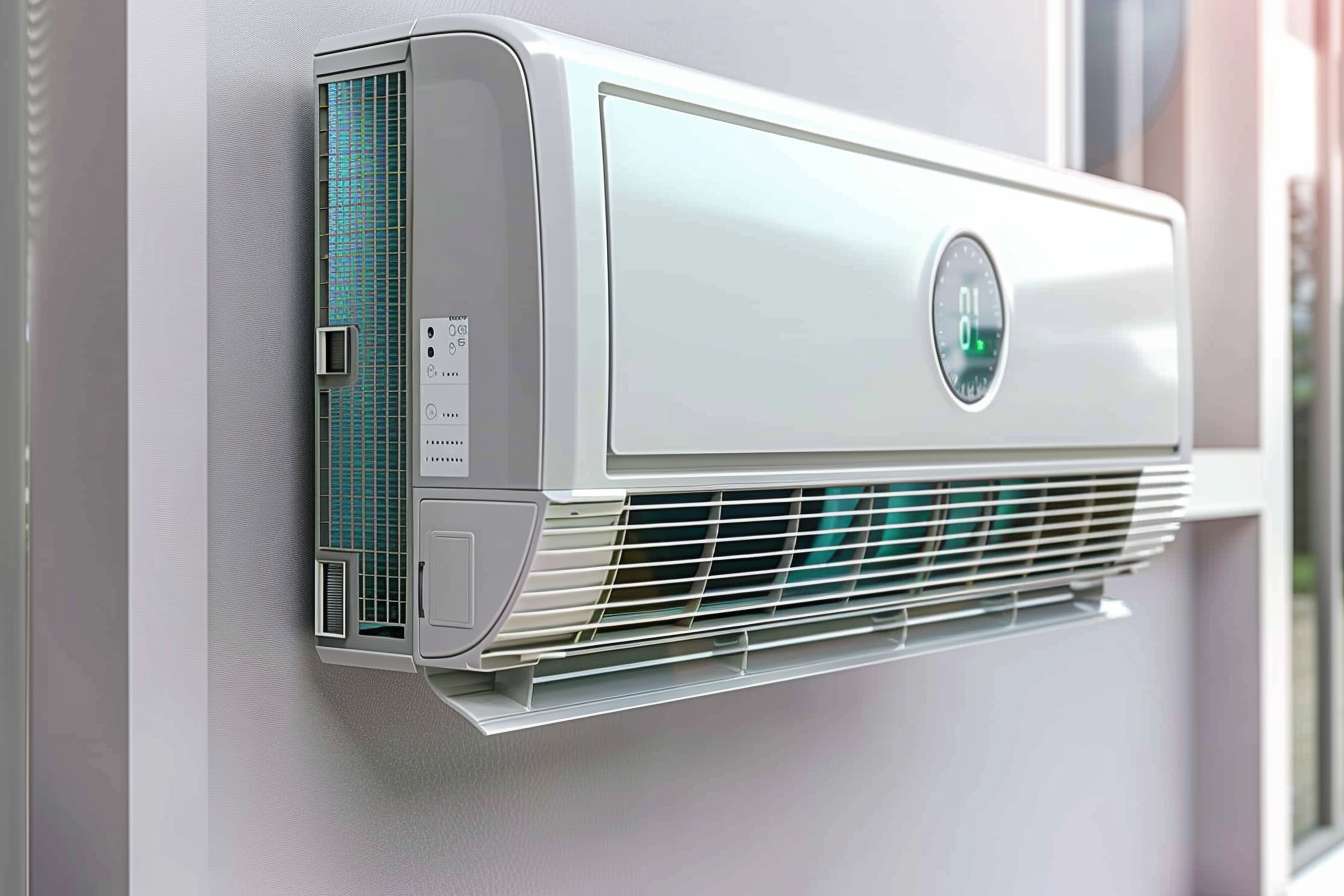Air Conditioning Maintenance: Keep Your Home Cool & Efficient
Regular air conditioning maintenance preserves comfort and cuts energy costs. Learn what tasks keep your HVAC running efficiently, when to schedule service, which chores you can safely tackle yourself, and why hiring a licensed technician can prevent breakdowns and extend your system's life.

A properly maintained air conditioner does more than lower indoor temperatures—it reduces energy use, prevents unexpected failures, and can extend the life of your system. With summer demand rising in many regions, taking a proactive approach to AC care pays off through improved comfort, lower bills, and fewer emergency repairs.
What routine air conditioning maintenance includes
Maintenance covers a set of inspections and actions designed to keep every component functioning as intended. Common procedures performed by technicians include:
-
Cleaning or replacing air filters: Dirty filters restrict airflow, forcing the system to work harder. Replacing or washing filters regularly preserves efficiency and indoor air quality.
-
Checking refrigerant levels: Correct refrigerant charge is essential for proper cooling. A licensed technician will identify leaks and restore levels to manufacturer specifications.
-
Inspecting and cleaning coils: Evaporator and condenser coils accumulate dirt over time, lowering heat transfer efficiency. Cleaning these surfaces restores cooling performance.
-
Lubricating moving parts: Motors, bearings, and fan assemblies need lubrication to reduce friction and wear.
-
Verifying electrical connections: Loose or corroded terminals and worn components can cause failures or unsafe operation. Technicians tighten and test electrical systems to ensure reliability.
-
Calibrating the thermostat and testing controls: Proper calibration prevents short-cycling and maintains the temperature you expect.
Additional tasks often included in a comprehensive check are clearing condensate drain lines to prevent clogs and mold, inspecting ductwork and seals for leaks, and examining the outdoor unit for debris and proper airflow.
How often should you schedule service?
For most households, an annual professional inspection is sufficient. Scheduling a checkup in the spring ensures the system is ready before peak cooling months. If your AC runs continuously, serves a larger home, or operates in an area with extreme heat or dust, consider semiannual visits: one focused on cooling in spring and another tuned to the heating system in fall for combined heat pump setups.
Homes with pets, smokers, or high dust levels may require more frequent filter changes and periodic system cleanings to preserve efficiency and indoor air quality.
What maintenance can homeowners do safely?
Homeowners can handle several straightforward tasks that improve performance and reduce wear:
- Replace or clean filters every 1–3 months depending on use and filter type.
- Keep the outdoor unit free of leaves, grass clippings, and debris to maintain airflow.
- Ensure vents and registers inside the home are open and unobstructed.
- Clean around the indoor unit and clear the condensate drain if visible and accessible.
Avoid attempting refrigerant work, electrical repairs, or complex diagnostics yourself. Those actions require specialized tools, training, and certifications to perform safely and within code.
Why hire a professional technician?
A trained HVAC technician brings experience, the right tools, and diagnostic ability to spot subtle problems before they escalate. Key benefits include:
- Improved energy efficiency: A well-tuned system uses less electricity, reducing monthly bills.
- Longer equipment life: Routine upkeep prevents premature component failure.
- Better indoor air quality: Clean filters and coils reduce dust and allergens circulating through the home.
- Greater reliability: Thorough inspections lower the likelihood of mid-season breakdowns.
- Warranty protection: Many manufacturers require documented professional maintenance to keep warranties valid.
Technicians can also provide recommendations on upgrades, such as programmable thermostats, high-efficiency filters, or zoning solutions that may further lower energy use and boost comfort.
Typical costs and what to expect
Costs vary by location, system type, and the depth of service performed. Basic tune-ups are generally affordable and can avert much more costly repairs down the road.
| Service | Provider | Cost Estimation |
|---|---|---|
| Basic AC Tune-Up | Local HVAC Company | $75 - $200 |
| Comprehensive AC Maintenance | National HVAC Chain | $150 - $500 |
| Annual Maintenance Plan | HVAC Service Provider | $150 - $300 per year |
Prices, rates, or cost estimates mentioned in this article are based on the latest available information but may change over time. Independent research is advised before making financial decisions.
Final thoughts
Routine air conditioning maintenance is a modest investment that yields tangible returns: lower energy bills, fewer emergency repairs, and more consistent comfort. Handle simple upkeep like filter changes and outdoor unit clearing yourself, but rely on licensed professionals for inspections, refrigerant handling, and electrical work. Scheduling service annually—and more often if your usage or local conditions demand it—keeps your home cooler, your system more efficient, and your mind at ease during the hottest months.






